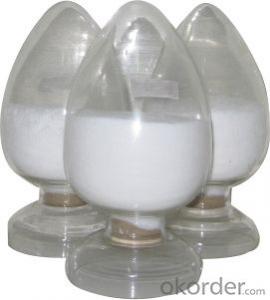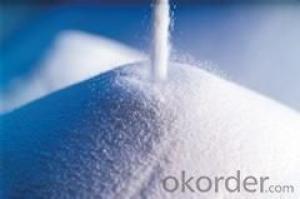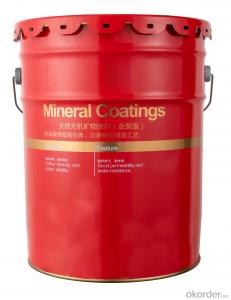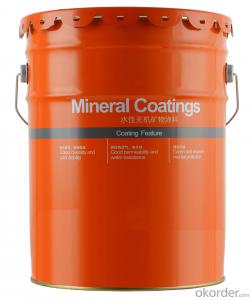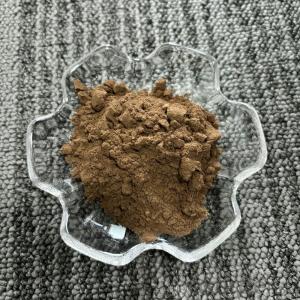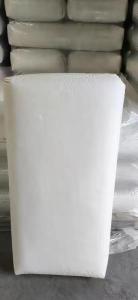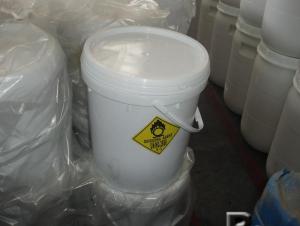Carbon Black Precipitated Silica
- Loading Port:
- Tianjin
- Payment Terms:
- TT OR LC
- Min Order Qty:
- -
- Supply Capability:
- 10000MT m.t./month
OKorder Service Pledge
OKorder Financial Service
You Might Also Like
Precipitated Silica
Product Description:
Precipitated Silica
1.Used in tires, tire body, with beam layer and sidewall rubber and rubber products,Shoes Etc.
2.Product Status:White powder
Suggest for Use:
(1) M160 Used in tires, tire body, with beam layer and sidewall rubber and rubber products.For strengthening filler in rubber, rubber formula provides high hardness, high breaking strength, high tear strength and high wear resistance, improve the rubber and steel cord bonding strength. Improve the durability of the rubber, to improve flexible and shock resistance, resistance to improve tractional snow tires on the road, improve the tire all-weather performance.
(2) M170 Used in tires, rubber products and sole material.For strengthening filler in rubber, rubber formula provides high hardness, high breaking strength, high tear strength and high wear resistance, and resistance to aging performance.
(3) M180 Used in shoe materials, rubber products. For strengthening filler in rubber, in color rubber products, instead of reinforcing carbon black, meet the needs of white or translucent product, it has strong bonding strength, tear resistance and heat-resistant anti-aging performance.
TDS of the Precipitated Silica Standard: GB3778-2003
Product Varieties | M160 | M170 | M180 |
Nsa Surface Area(m2/kg) | 160+15 | 170+15 | 180+15 |
Silica Content% | 93 | 93 | 93 |
Color | Better than Standard samples | ||
45um sieve residue | 0.5 | 0.5 | 0.5 |
Heatloss(%) | 5.5±1.0 | 5.5±1.5 | 5.7±1.0 |
LOI % | 6.0 | 6.0 | 6.0 |
PH Value | 6.7±0.3 | 6.2±0.5 | 6.7±0.3 |
DBP absorption Value (10-5m2/kg) | 2.20±0.10 | 2.55±0.10 | 2.20±0.10 |
Conductivity us/cm | 900 | 900 | 900 |
Cu mg/kg | 30 | ||
Mn mg/kg | 50 | ||
Fe mg/kg | 1000 | ||
Safety:
As a matter of good industrial hygiene, gloves and safety glasses with side shields or better eye protection should be worn when handing Carbon Black ,For more information, refer to the MSDS.

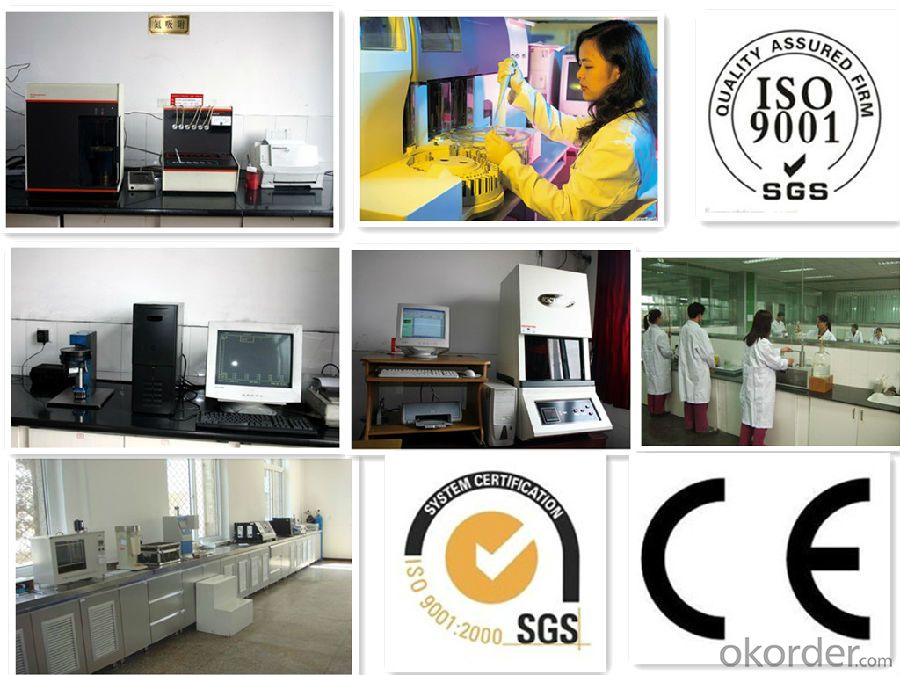
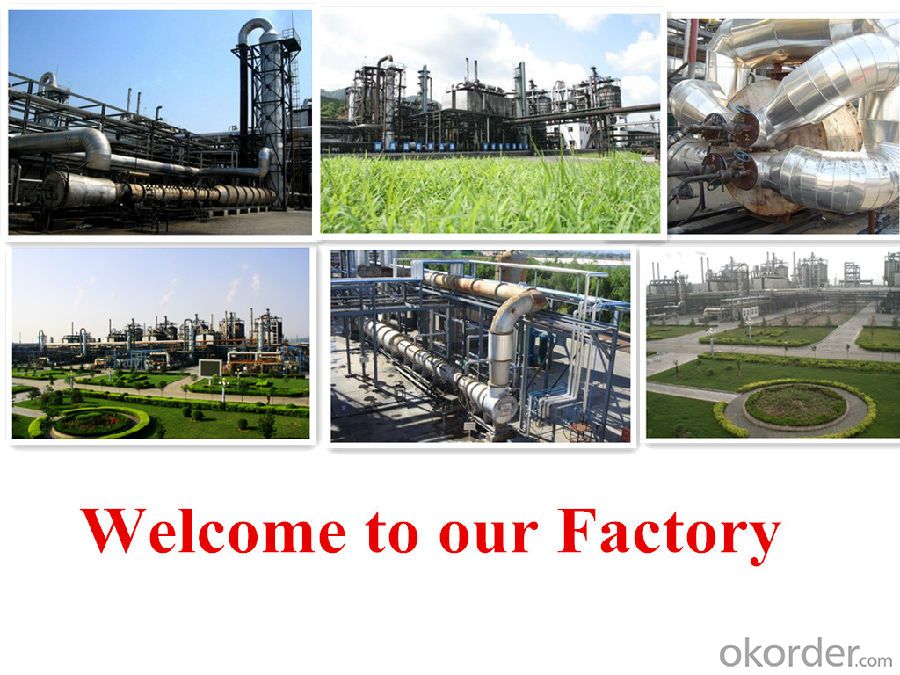
- Q:Will the chemical catalyst not reduce that?
- Why is it done? Although the catalyst does not react chemically, the catalyst itself is deteriorated and is not always used
- Q:What is the catalyst for high chemistry?
- Concentrated sulfuric acid, NI, barium bromide, copper or silver
- Q:Palladium is the main catalyst in chemistry?
- Palladium in the chemical mainly to do the catalyst; palladium and ruthenium, iridium, silver, gold, copper and other alloy, can improve the palladium resistivity, hardness and strength, used in the manufacture of precision resistors, jewelry and so on. While the most common and most commercially available palladium jewelery is palladium.
- Q:how does the amount of a catalyst affect reaction rate?
- It's more the surface area than the amount, but, in general, the more catalyst exposed, the quicker the reaction will proceed.
- Q:Where are they good catalysts and why?? THanks!
- A catalyst is a substance that speeds up a chemical reaction by providing an alternate reaction pathway with a lower activation energy. Catalysts appear not to take part in the reaction. Frequently, catalysts are not very reactive. Acids and bases, on the other hand, are very reactive. Acids (as H+) and bases ( as OH-) sometimes function as catalysts in some organic reactions. They appear to be catalysts because in the course of the mechanism H+ or OH- is regenerated.
- Q:How are a catalyst and an intermediate similar? How are they different?
- A catalyst speeds up the rate of a reaction by lowering the activation energy barrier which is, presumably, the energy required to achieve the reaction intermediate. Catalysts are also not consumed in the reaction, they are regenerated towards the end. A reaction intermediate is a configuration that a molecule takes prior to achieving it's lowest energy form which would signify the end of the reaction. Intermediate usually are hard to isolate because of the incentive to go to the most stable configuration. How are they different? A catalyst is not a part of the reaction product and it doesn't get consumed. An intermediate in a reaction is transformed into the product. How are they similar? Well, catalysts drive the reaction and make it easier for the reaction for follow through. Since intermediates are high energy and thermodynamics tells us that low energy is favorable, the incentive for a high energy intermediate to drive down to it's stable for can also drive a reaction. I hope that helps. I hope it makes sense.
- Q:What is positive and negative catalyst in chemistry?
- Negative catalysts are, on the other hand, slowing down the positive reaction rate at the same time
- Q:What is the analytical principle of chemical adsorbents? How about the number of active catalyst centers tested?
- What do you mean by the chemical adsorber? BET is the use of the surface of the uneven force field, but the inert gas at low temperature in the surface adsorption. TPD, TPR is the number of active centers that can be measured by the technique of desorption and reduction between specific gases and catalysts as the temperature increases. If the active site is a reduced position, H2-TPR can be used. If the active site is acidic, NH3-TPD can be used, but also the method of alkali titration.
- Q:Why would the Eact decrease if a catalyst is added?
- A catalyst by its very nature increases the rate of reaction by binding to a reactant, hence changing its shape and reactivity with other reactants. However, the catalyst is neither consumed nor will it change the chemical shape of the products.
- Q:The role of catalyst in chemical reactions
- The role of the catalyst is to change the reaction required to achieve the activation energy, can reduce the activation energy is called positive catalyst (that is, usually the meaning of the catalyst), to improve the activation energy is negative catalyst
1. Manufacturer Overview |
|
|---|---|
| Location | |
| Year Established | |
| Annual Output Value | |
| Main Markets | |
| Company Certifications | |
2. Manufacturer Certificates |
|
|---|---|
| a) Certification Name | |
| Range | |
| Reference | |
| Validity Period | |
3. Manufacturer Capability |
|
|---|---|
| a)Trade Capacity | |
| Nearest Port | |
| Export Percentage | |
| No.of Employees in Trade Department | |
| Language Spoken: | |
| b)Factory Information | |
| Factory Size: | |
| No. of Production Lines | |
| Contract Manufacturing | |
| Product Price Range | |
Send your message to us
Carbon Black Precipitated Silica
- Loading Port:
- Tianjin
- Payment Terms:
- TT OR LC
- Min Order Qty:
- -
- Supply Capability:
- 10000MT m.t./month
OKorder Service Pledge
OKorder Financial Service
Similar products
New products
Hot products
Hot Searches
Related keywords
